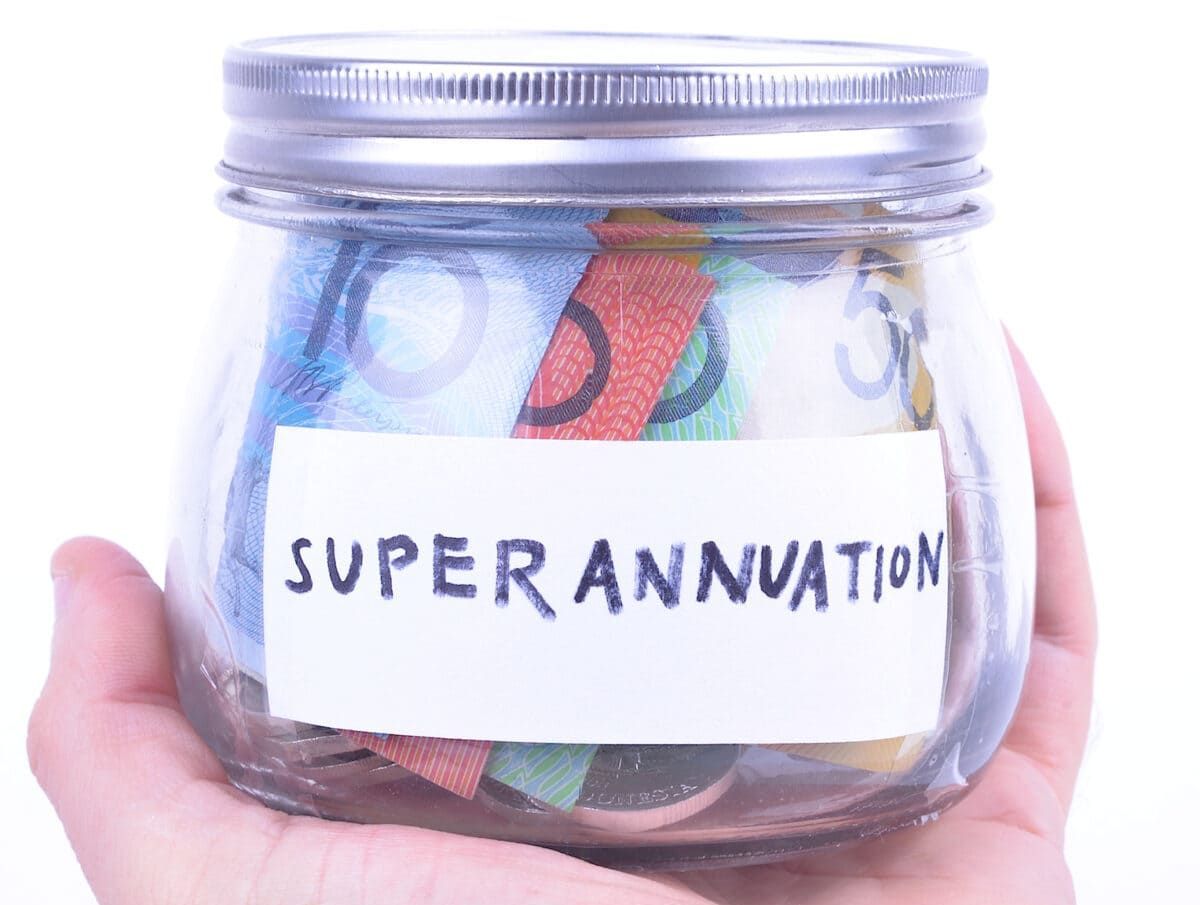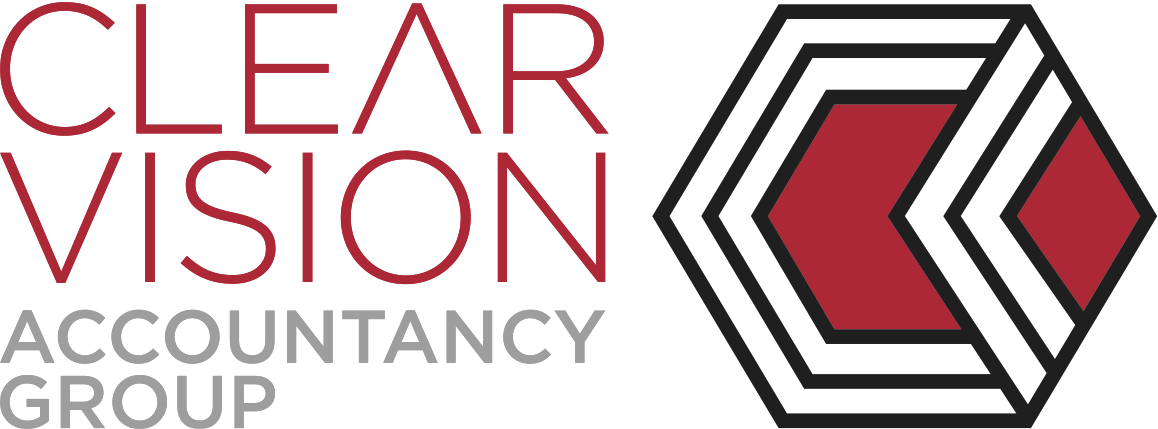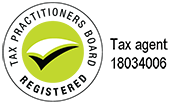Super Concessional Contributions

Concessional contributions are payments made into your Self-Managed Super Fund (SMSF) that count towards the SMSF's assessable income. These contributions are taxed at a concessional rate of 15%, often called the 'contributions tax'.
The most common types of concessional contributions include employer contributions, such as super guarantee and salary sacrifice contributions. They also include personal contributions made by members for which an income tax deduction is claimed.
Annual Cap on Concessional Contributions
Concessional contributions are subject to an annual cap:
· From 1 July 2024: The general concessional contributions cap is $30,000 for all individuals regardless of age.
· For the 2021-22, 2022-23, and 2023-24 financial years: The cap was $27,500 for all individuals regardless of age.
· For the 2017-18, 2018-19, 2019-20, and 2020-21 financial years: The cap was $25,000 for all individuals regardless of age.
· For the 2014-15, 2015-16, and 2016-17 financial years: The cap was $30,000 per financial year, increased to $35,000 for members aged 49 or over.
Since the 2013-14 financial year, if your contributions exceed the cap, the excess amount is included in your assessable income and taxed at your marginal tax rate instead of being subject to excess contributions tax.
Unused Concessional Cap Carry Forward
Starting from 1 July 2018, you can make 'carry-forward' concessional super contributions if your total superannuation balance is less than $500,000. You can access your unused concessional contributions caps on a rolling basis for five years. Amounts not used within five years will expire.
For example, if you have an unused cap amount from the 2019-20 financial year, it will expire if not used by the end of the 2024-25 financial year.





